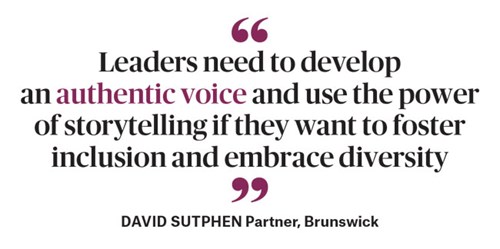Brunswick’s Carolina Espinal and David Sutphen speak with BlackRock’s Jonathan McBride about why “inclusive” is not simply a synonym for “diverse”
For decades, companies have relied on an array of training programs and initiatives to foster greater diversity. But a recent Harvard Business Review article highlighted what many in the business world had suspected for some time: diversity initiatives were largely ineffective, and often counterproductive. Citing a wealth of research, the authors concluded, “The numbers sum it up. Your organization will become less diverse, not more, if you require managers to go to diversity training, try to regulate their hiring and promotion decisions, and put in a legalistic grievance system.”
One reason these programs floundered is that diverse backgrounds and skills are of marginal use if they are excluded from discussions and decision making. Businesses are getting the message. A growing number of companies are transforming their Chief Diversity Officer function into “Inclusion and Diversity” leaders, reflecting a broader shift in how businesses are thinking and allocating their resources. Promoting diversity remains important, but building an inclusive culture is the priority.
But leaving past practices behind and embracing a new paradigm is never easy. Carolina Espinal sat down with Brunswick Partner David Sutphen and Jonathan McBride, Global Head of Inclusion & Diversity at BlackRock, to discuss the challenges of building a culture where all employees feel as though they belong, and to explore how BlackRock, the world’s largest asset manager, is thinking about – and engaging in – the practice of inclusion.

